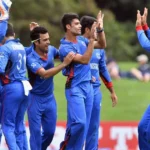
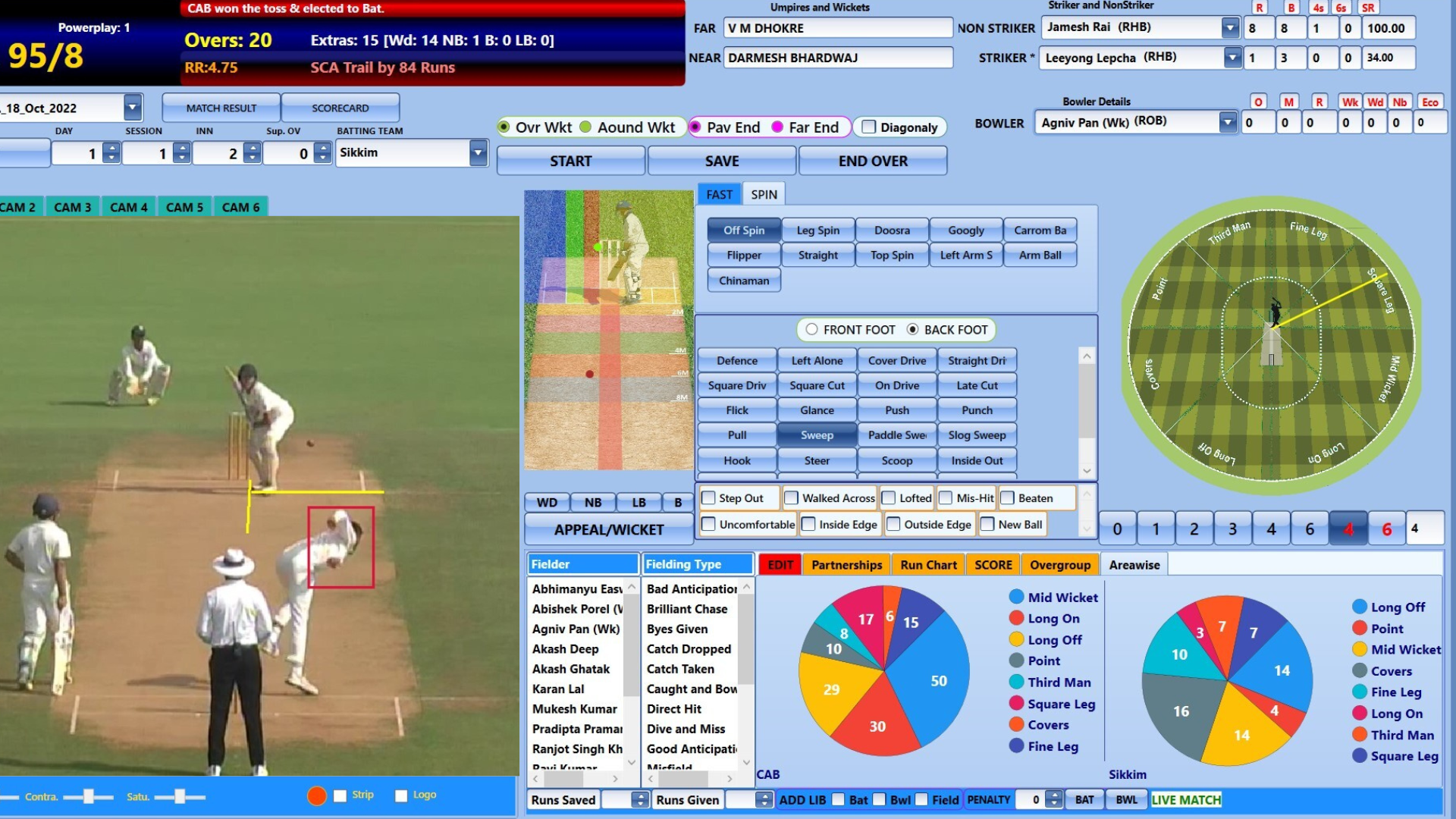
How to Analyze a Cricket Match Like a Pro
Cricket is a game of strategy, skill, and unpredictability. But its complexities need to be better understood through the proper ways to analyze a cricket match. Whether a fan, an aspiring analyst, or someone involved in fantasy cricket, the perfect knowledge of cricket match analysis tips will help better understand the game and get one a headstart in pinpointing those performances that can alter any match and the turning points of those games.
Understand the Match Context
Before diving into the analysis, evaluate the match context:
- Format: Is it a Test, ODI, or T20? Each format demands different strategies and player roles.
- Venue: Analyze how the pitch and weather conditions impact the game. For example, spinning tracks in India differ greatly from bouncy pitches in Australia.
- Team Lineups: Consider team strengths, recent performances, and injury updates.
Understanding these basics forms the foundation of cricket match analysis.
Analyze the Toss and Its Impact
The toss can heavily influence the outcome of a cricket match, especially in formats like ODIs and T20s. Assess how the toss decision aligns with the pitch conditions and the strengths of the teams. For example:
- Teams batting first on slow pitches might aim for a defendable total.
- Chasing teams may have an advantage on dewy nights.
Also Read: Top 5 Teams With the Most Wins in T20I Cricket
Evaluate Batting Performances
When analyzing a batting lineup, look beyond just the runs scored:
- Strike Rate vs. Match Situation: Did the batter pace the innings well, or was it a slow knock under pressure?
- Partnerships: Effective partnerships can shift the momentum of the match.
- Shot Selection: Consider whether the batter adapted their approach based on pitch conditions and bowling styles.
Example: A 50-ball 70 in a T20 match holds more value than a 70-ball 50 in the same scenario.
Examine Bowling Strategies
Bowling is the backbone of cricket. Focus on these factors when analyzing bowlers:
- Economy Rate and Wickets: A good bowler balances containment and wicket-taking.
- Bowling Lengths: Did the bowler adjust lengths based on the pitch?
- Death Over Bowling: Analyze the execution of yorkers, slower balls, and bouncers during critical overs.
For example, Jasprit Bumrah’s consistent accuracy at the death makes him a match-winner.
Fielding and Catching Insights
Fielding often goes unnoticed but plays a crucial role in close matches. Look for:
- Ground Fielding: Did fielders save critical runs?
- Catches and Direct Hits: Dropped catches can change the game’s outcome.
- Boundary Line Efforts: Agile fielding near the ropes saves crucial runs, especially in T20 matches.
Key Turning Points
Identify moments that swung the momentum. These could include:
- A crucial dropped catch.
- A sudden flurry of wickets.
- A match-defining partnership.
Highlighting these events provides a clearer picture of how the game unfolded.
Player Match-Ups and Game Plans
Modern cricket is heavily reliant on player match-ups. Analyze battles such as:
- A spinner bowling to a left-handed batter.
- A pacer targeting a batter with short-pitched deliveries.
Example: Ravindra Jadeja vs. Steve Smith is a classic spinner vs. batter duel to watch out for.
Impact of Captaincy
The captain plays a critical role in decision-making.
- Field Placements: Did the captain place fielders strategically?
- Bowling Changes: Were the bowling rotations effective?
- Adaptability: Analyze how the captain adjusted strategies during the match.
Great captains like MS Dhoni are known for their calm and calculated approach under pressure.
Use Advanced Metrics and Technology
For a professional-level analysis, incorporate data and technology:
- Wagon Wheels and Heat Maps: These help identify scoring areas and bowler targets.
- Hawk-Eye Analysis: provides insights into ball trajectories and decision-making.
- Player Fitness Tracking: Assess stamina and speed in fielding efforts.
Post-Match Analysis
The final step is to summarize the match:
- Did the winning team execute their plans better?
- Were there any unexpected performances?
- How did the losing team fail to capitalize on key moments?
Analyze a cricket match from every aspect of the game, from the pitch conditions to individual and team performances and tactical decisions to look at a cricket match like a pro. Using cricket match analysis tips helps to not only understand the game of cricket but also how its subtleties make it the gentleman’s game.
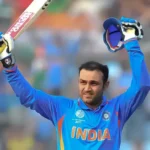




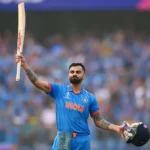


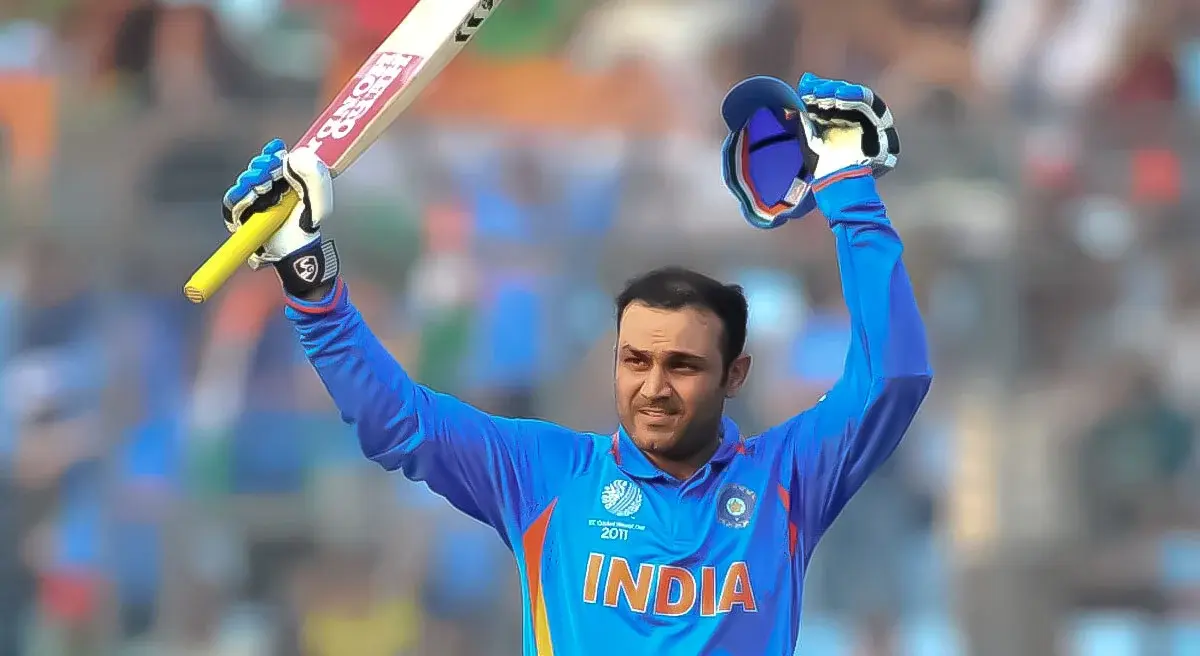
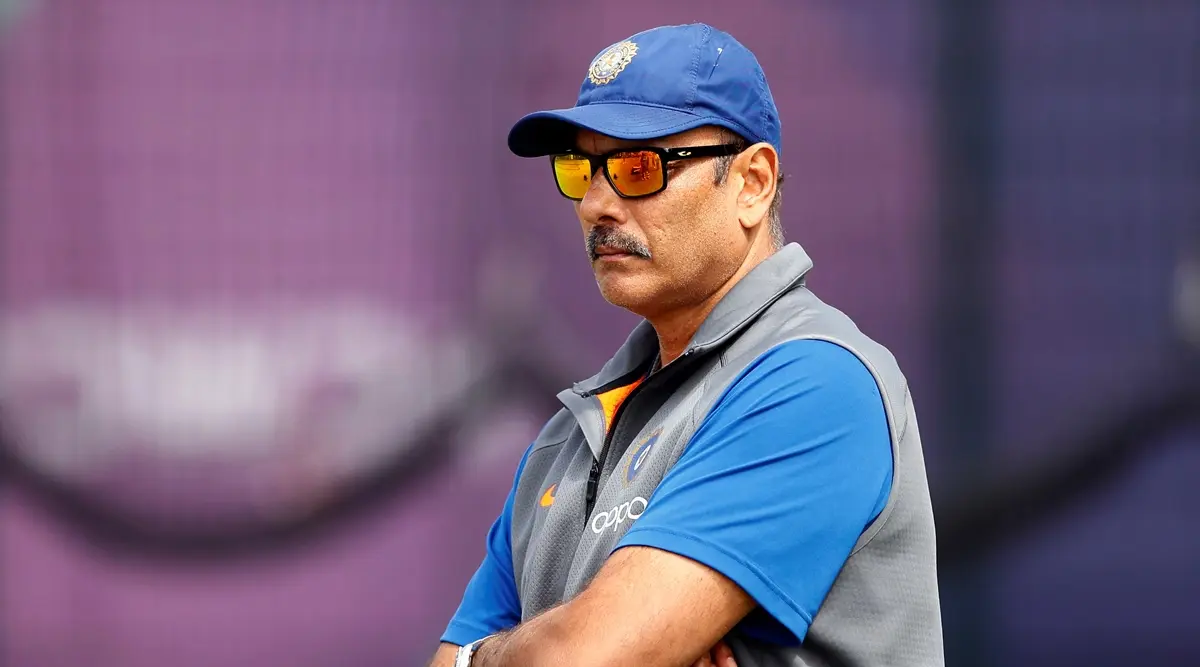
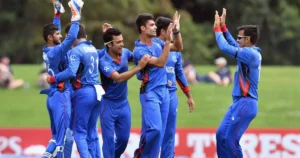
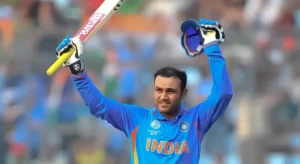



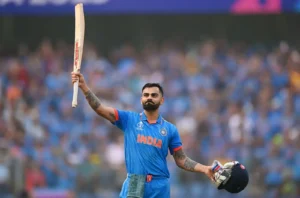

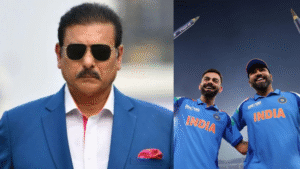


Post Comment